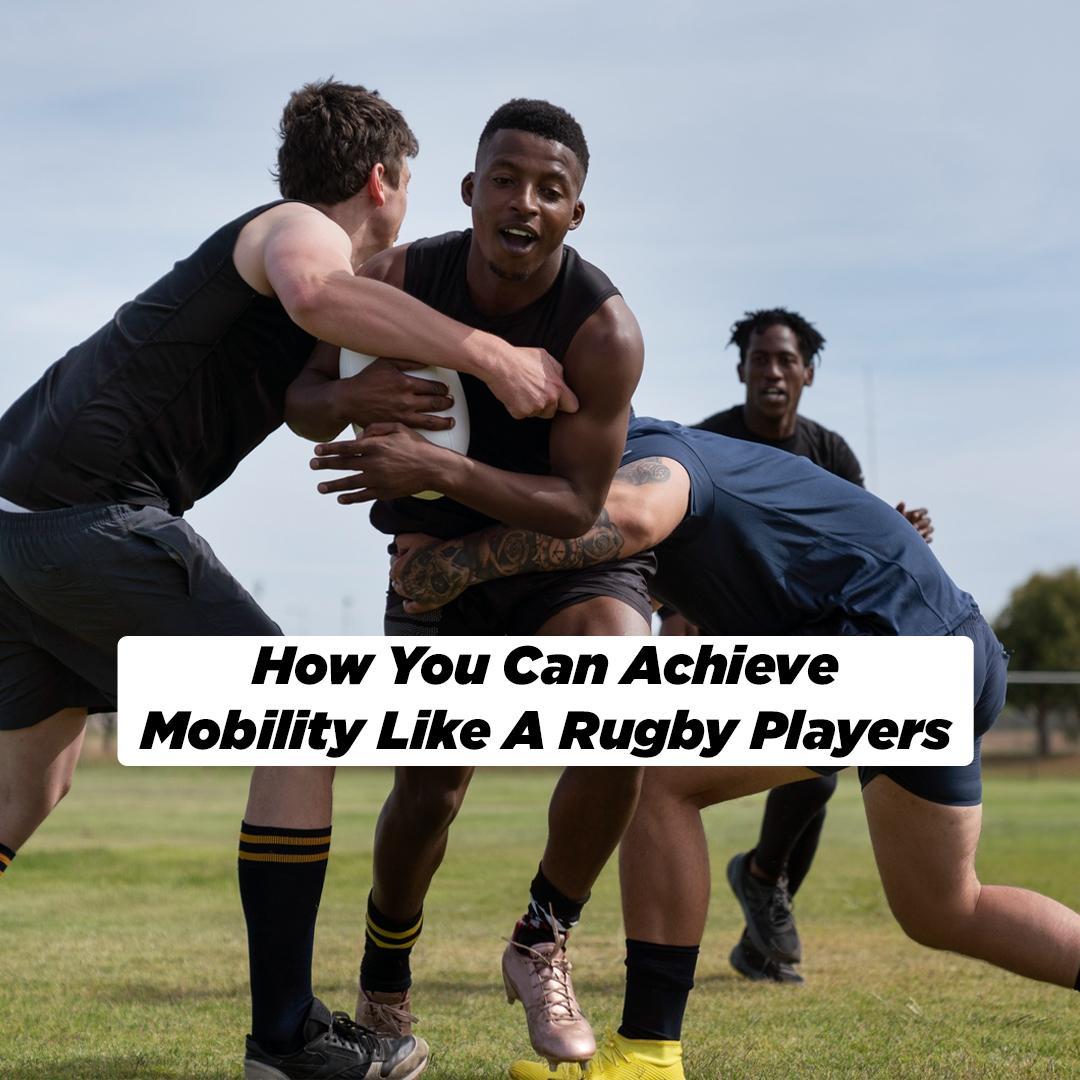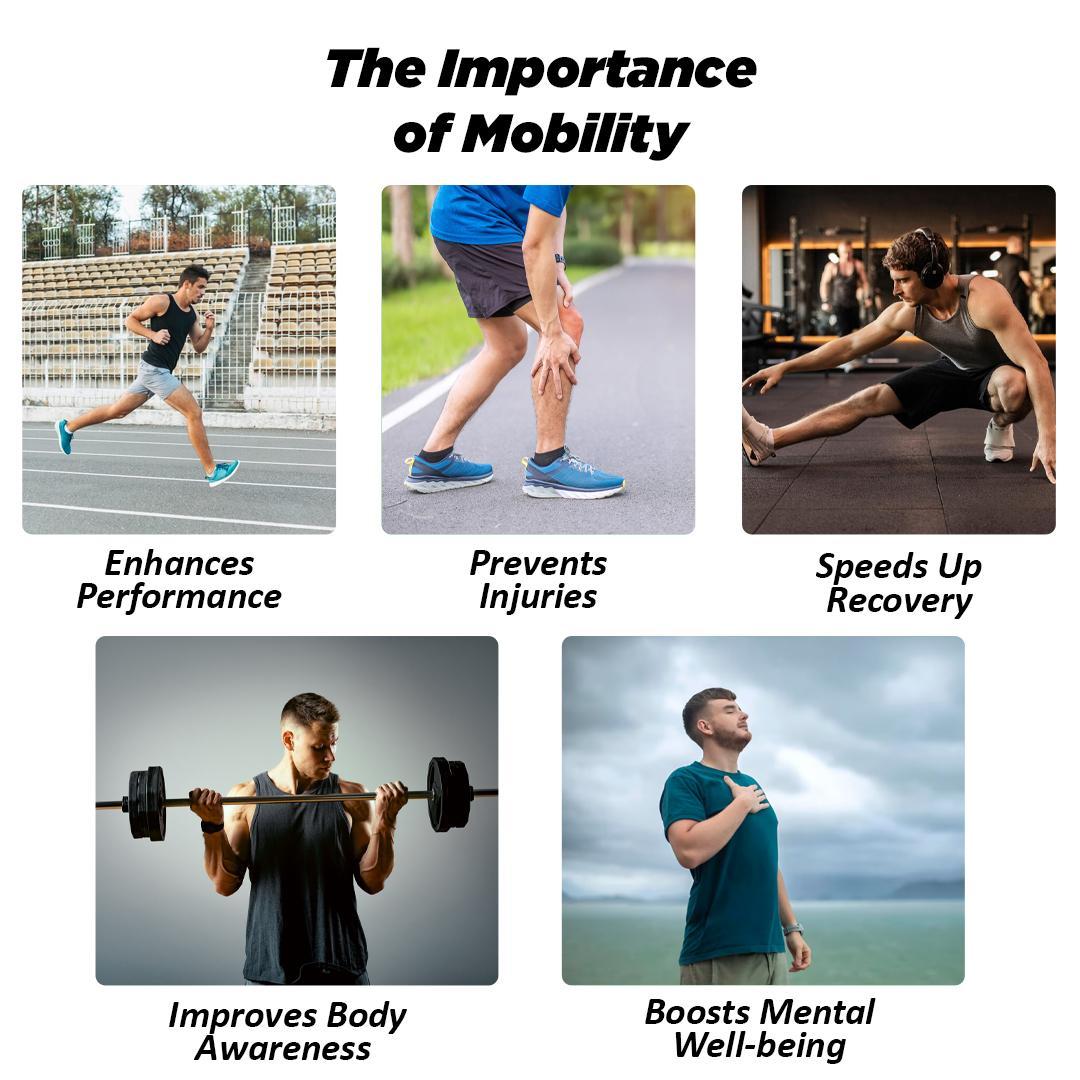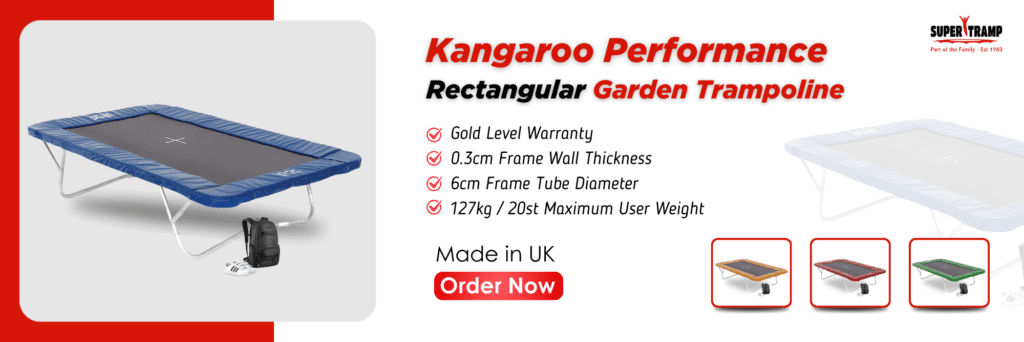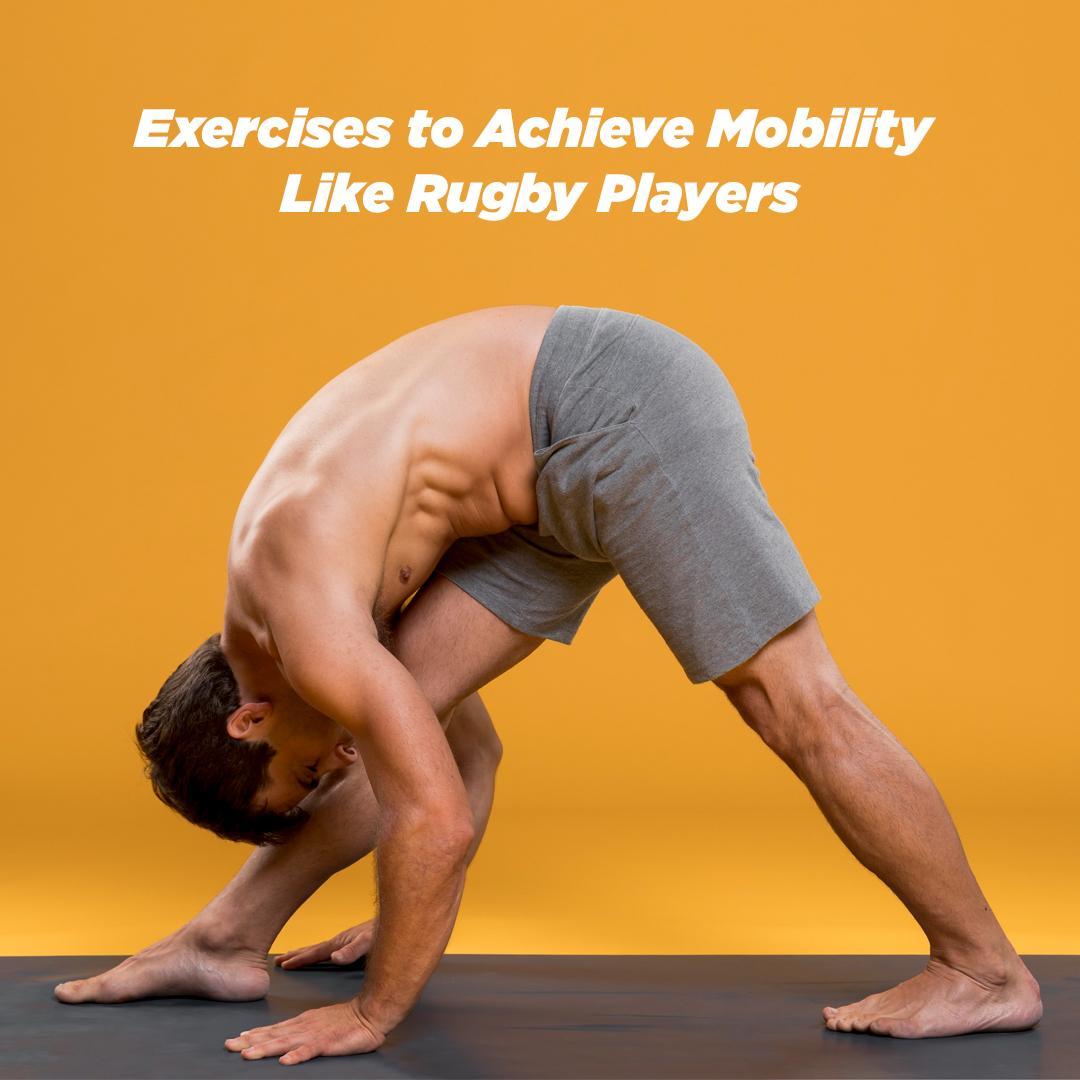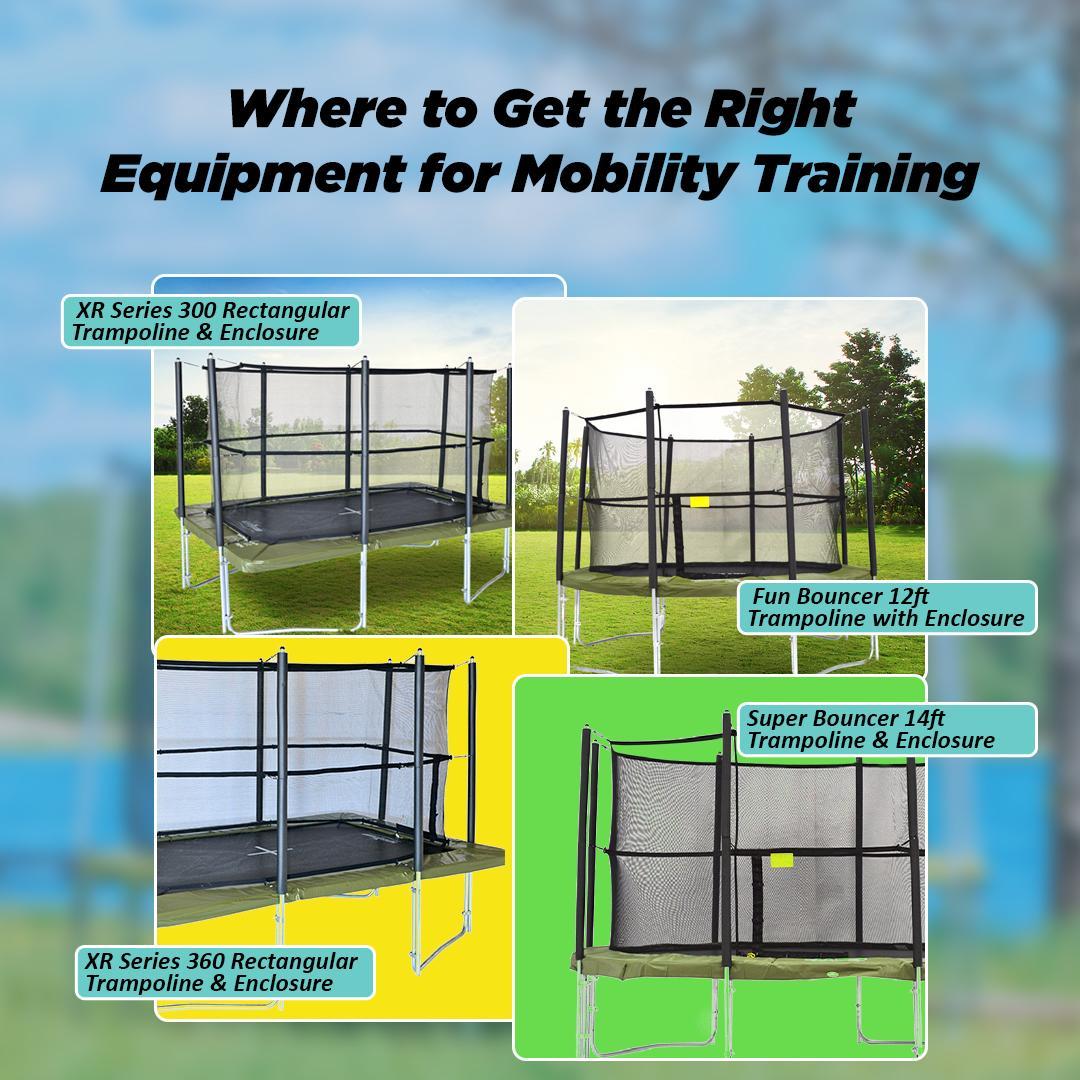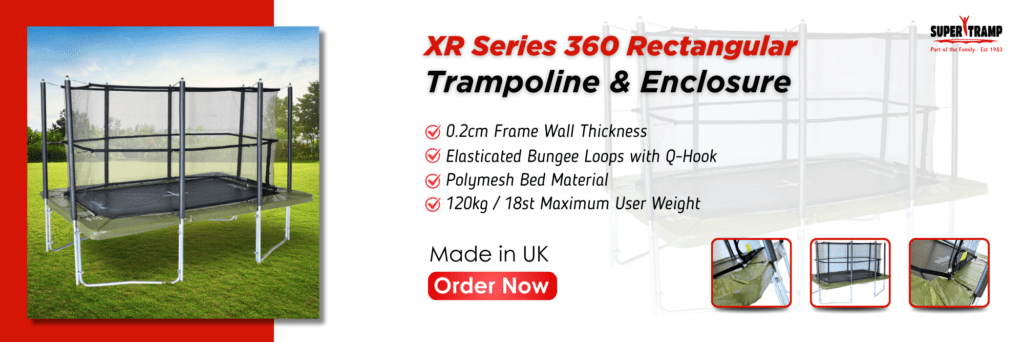Moving with the agility of rugby players means dodging, sprinting, and tackling with seamless precision. That effortless power isn’t just about brute strength; it’s about mobility. The ability to twist, turn, and explode into action without stiffness or hesitation makes all the difference on the field. But here’s the good news: you don’t need to be a professional athlete to achieve it.
Table of Contents
ToggleWith the right exercises and a few simple tools—skipping ropes, resistance bands, and trampolines—you can dramatically improve your mobility. Whether you’re an aspiring athlete, a fitness enthusiast, or just someone looking to move better, faster, and stronger, this guide will show you how to unlock rugby-level mobility without expensive training programs. Let’s dive in and discover how these three game-changing tools can help you move like a pro.
What Is Mobility?
Mobility goes beyond just being flexible—it’s the ability to move your body freely and efficiently without stiffness or restrictions. It combines joint flexibility, muscle strength, and coordination to help you perform everyday movements and athletic activities with ease.
The Importance of Mobility
Moving like rugby players isn’t just about strength. It’s about control, speed, and precision. Without proper mobility, even the strongest athletes struggle with stiffness, slow reactions, and a higher risk of injury. Whether you’re chasing fitness goals or just looking to move more freely, improving mobility should be a priority. Here’s why it matters:
1. Enhances Performance
Great mobility leads to better agility, faster movements, and smoother transitions on the field or in daily life. When your joints and muscles move freely, you can sprint, change direction, and react quickly without restriction.
- Imagine being able to run faster, jump higher, and stay in control—all thanks to improved flexibility and movement efficiency.
2. Prevents Injuries
Tight muscles and stiff joints are a recipe for injury. When your body lacks mobility, even simple movements can lead to strains, sprains, and unnecessary stress on your muscles. By keeping your joints flexible and well-conditioned, you reduce the chances of pulling a muscle or rolling an ankle whether you’re training, playing, or just going about your day.
3. Speeds Up Recovery
After an intense workout, your body needs to reset and repair. Mobility exercises help by improving blood circulation, reducing stiffness, and promoting quicker muscle recovery. Whether you’re recovering from a match or a gym session, better movement means less soreness and faster bounce-back times.
4. Improves Body Awareness
Good mobility sharpens your proprioception, and your body’s ability to sense movement and position. This awareness helps you stay balanced, maintain coordination, and move with confidence. Whether you’re dodging a tackle, lifting weights, or even walking on uneven ground, a mobile body adapts instantly and effortlessly.
5. Boosts Mental Well-being
Movement isn’t just physical. It affects your mind too. Regular mobility exercises help reduce stress, tension, and mental fatigue. When your body moves better, you feel better. Stretching, jumping on the garden trampoline, and staying active keep your energy levels high and your mind sharp.
Now that you know why mobility matters, let’s break down the best exercises to help you train like a rugby player. From skipping ropes to trampolines, these tools can unlock agility, flexibility, and power—all while making workouts more fun and effective. Let’s get started!
Exercises to Achieve Mobility Like Rugby Players
Mobility isn’t just about stretching. It’s about training your body to move with power, control, and agility. Rugby players don’t just run fast; they twist, jump, land, and react quickly. To move like them, you need a mix of flexibility, strength, and coordination. These exercises will help you build mobility and athleticism, using simple yet highly effective tools.
1. Stretching: The Foundation of Mobility
Stretching prepares your muscles for movement and improves flexibility, reducing stiffness and injury risk. Dynamic stretches like leg swings and arm circles help warm up your body, while static stretches like hamstring holds and hip openers enhance flexibility over time. Incorporating both ensures your muscles stay loose and ready for action.
2. Warm-Up
Skipping ropes isn’t just for boxers. It’s a powerful tool for rugby-style mobility. It elevates your heart rate, improves coordination, and strengthens your lower legs. Start with one-minute intervals of steady jumping, then mix in high knees or crisscross patterns to fire up your agility and footwork.
3. Trampoline Training
Rectangle trampolines are a secret weapon for improving mobility, balance, and lower-body strength. These explosive movements mimic the agility needed on the field, training your body to absorb impact, react quickly, and stay light on your feet.
- Jumping Jacks – Enhances coordination and warms up the entire body.
- Squat Jumps – Builds explosive power in your legs for quick sprints and sudden stops.
- Tuck Jumps – Trains your core and improves reaction speed.
- Split Jumps – Boosts flexibility and lower-body control for smooth directional changes.
- Cross Overs – Develops agility and footwork, essential for dodging opponents.
4. Resistance Training
Using resistance bands helps increase strength while maintaining flexibility, which is crucial for smooth, unrestricted movement. Exercises like lateral band walks, resisted lunges and shoulder rotations strengthen muscles without limiting mobility, making you stronger without losing speed or range of motion.
5. Cool Down
A proper cool down prevents tightness and keeps your mobility in check. Finish your workout with Cat-Cows to loosen the spine and static stretches for the hips, hamstrings, and shoulders. This recovery routine helps prevent soreness and ensures you stay mobile for your next session.
Performing these exercises consistently will enhance your agility, flexibility, and strength, but having the right equipment makes the process smoother and more effective. A good trampoline can take your mobility training to the next level, helping you improve coordination, balance, and lower body power. Let’s explore where you can find the best training tools to support your journey.
Where to Get the Right Equipment for Mobility Training
The right tools make all the difference when it comes to training for rugby-level mobility. Whether you’re working on agility, power, or coordination, investing in high-quality equipment ensures safety, durability, and maximum performance. If you’re looking for top-tier trampolines to enhance your training, Supertramp has you covered.
Why Choose Supertramp?
Supertramp is known for premium trampolines designed for performance and durability. Whether you need a compact option for home workouts or a larger trampoline for advanced training, Supertramp offers a variety of models suited for all fitness levels. Each trampoline is built for stability, optimal bounce, and long-lasting use—perfect for mobility training.
Top Trampolines for Mobility Training
Super Tramp Trampoline have range of trampolines in different shapes, sizes and colours and we have listed some of its best one below:
1. XR Series 300 Rectangular Trampoline & Enclosure
This trampoline provides a responsive bounce, making it ideal for agility exercises like tuck jumps and split jumps. Its rectangular shape offers a controlled jumping area, ensuring consistent height and power with each move.
2. Fun Bouncer 12ft Trampoline with Enclosure
If you’re looking for a compact yet powerful trampoline, the Fun Bouncer 12ft is a great choice. Perfect for beginners, it allows you to practice mobility drills like jumping jacks and squat jumps without taking up too much space.
3. XR Series 360 Rectangular Trampoline & Enclosure
For those aiming to level up their mobility training, the XR Series 360 offers a larger surface and professional-grade bounce. This model is great for explosive jumps, crossovers, and high-intensity workouts that challenge your coordination and strength.
4. Super Bouncer 14ft Trampoline & Enclosure
If you want the ultimate training experience, the Super Bouncer 14ft gives you extra space and maximum air time. It’s perfect for advanced mobility exercises, allowing you to push your limits and improve reaction speed.
Adding the right trampoline to your routine enhances your mobility, strengthens your body, and keeps workouts exciting.
Take Your Mobility to the Next Level
Improving mobility isn’t just for elite athletes—it’s the key to moving better, performing stronger, and reducing the risk of injuries. By incorporating stretching, skipping, trampoline training, and resistance exercises into your routine, you can build the flexibility and strength needed to move like rugby players.
Now it’s time to put these exercises into action! Grab your skipping rope, resistance band, or Super Tramp trampoline, and start training today. The more you commit, the closer you get to unlocking your full potential. Ready to take the first bounce?
FAQ's
What is mobility work for rugby players?
Mobility work includes dynamic stretches, resistance training, and trampoline exercises that enhance flexibility, joint stability, and movement efficiency on the field.
How can I improve my flexibility in rugby?
Incorporate dynamic warm-ups, static stretching, and resistance band exercises to improve muscle elasticity and prevent stiffness.
How do you get fit like a rugby player?
Focus on strength training, endurance workouts, explosive movements, and mobility exercises to build power, speed, and agility.
How can I improve my rugby physicality?
Develop core strength, improve balance, and increase mobility through resistance exercises, high-intensity drills, and proper recovery routines.
How do you do mobility training?
Use a mix of active stretching, skipping, trampoline drills, and resistance training to improve joint movement and overall flexibility.


